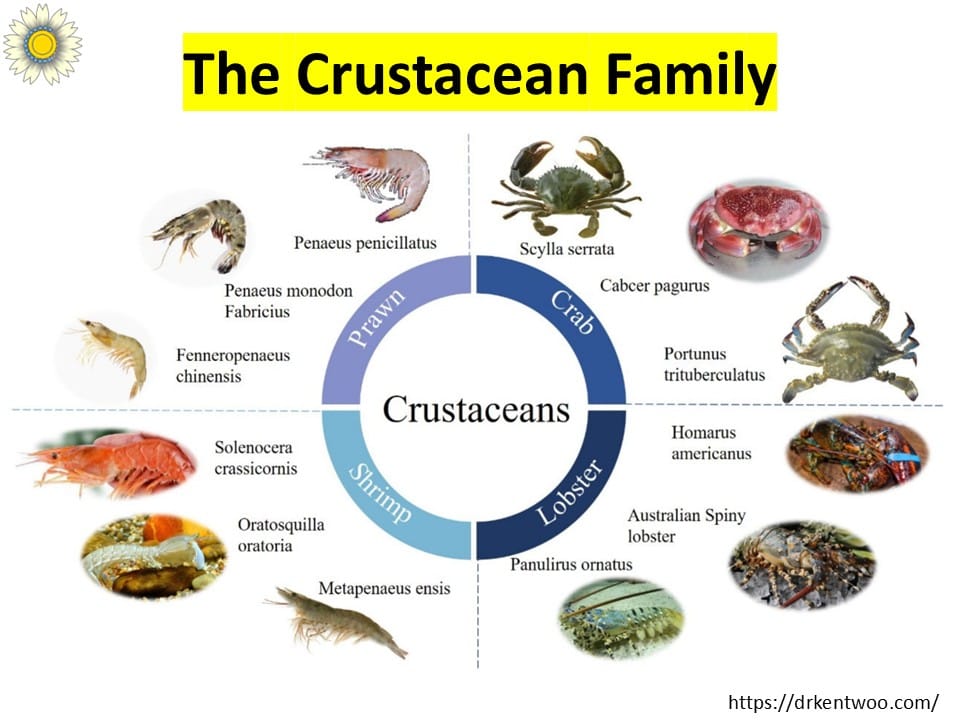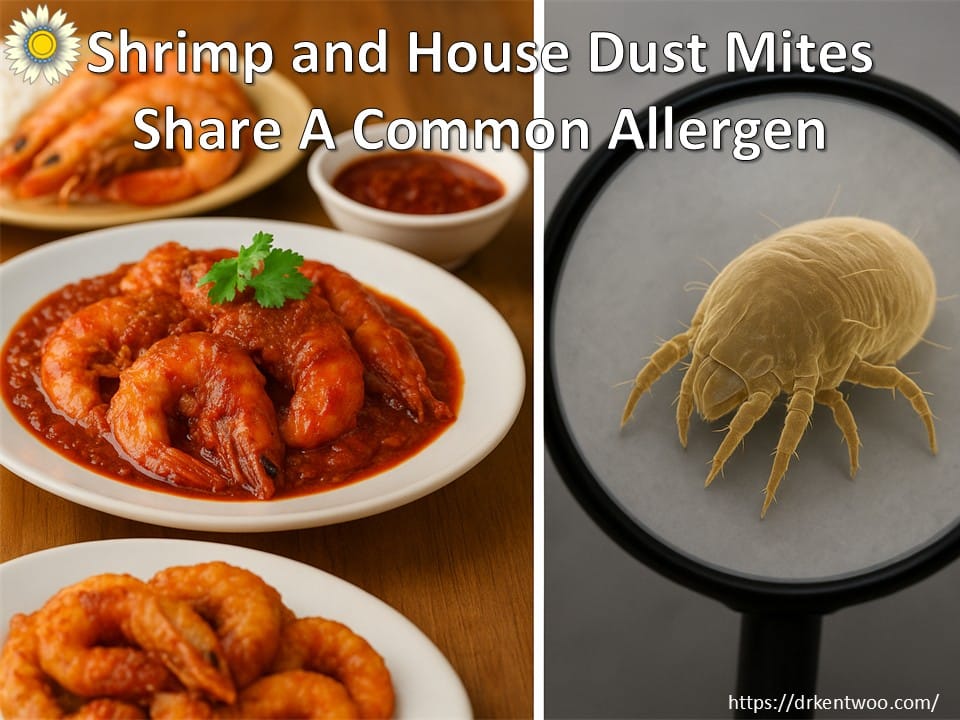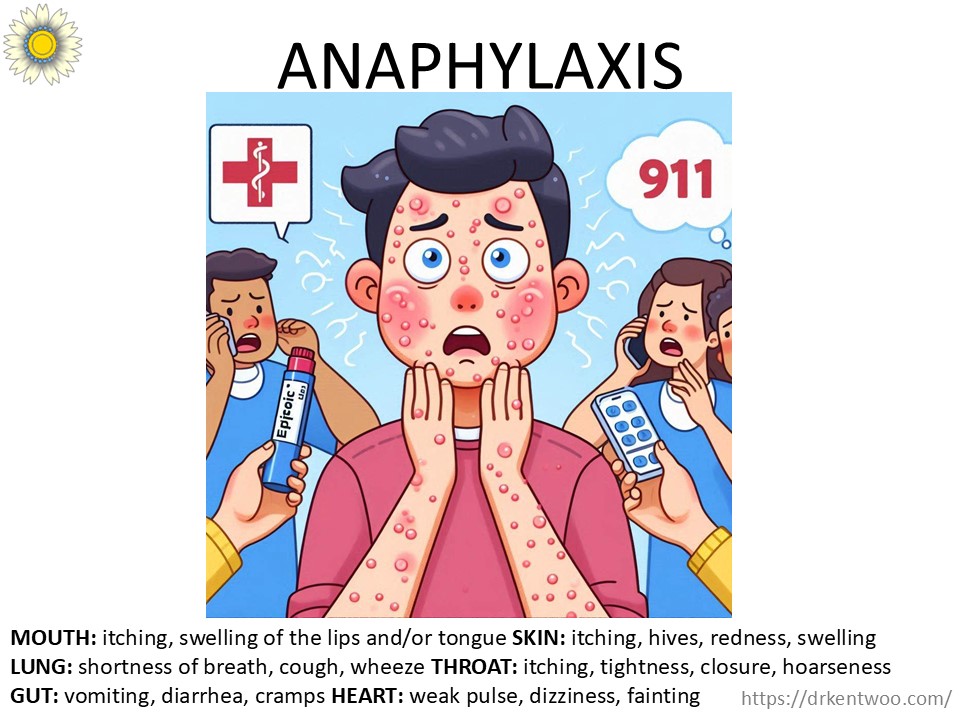Shrimp Allergy Symptoms: What You Need to Know
Shrimp.
Delicious for many.
Dangerous for some.
It’s one of the most common food allergies worldwide. And while most people know shrimp can trigger allergies, living with it is a whole other story — because reactions can be unpredictable. Sometimes mild. Sometimes severe.
Let me guide you about this allergy.
What Exactly Is Shrimp Allergy?

Your immune system is supposed to protect you.
But sometimes, it acts like that one overprotective friend — jumping in when nobody asked.
In shrimp allergy, your body sees proteins in shrimp as enemies. It sounds the alarm. Cue an allergic reaction.
That reaction can be as small as an itchy mouth… or as serious as life-threatening anaphylaxis.
And since shrimp belongs to the crustacean family, people who react to shrimp are often told to avoid crab and lobster too.
Why Adults in Malaysia Get It More Than Kids

Unlike milk or egg allergies — which many children eventually outgrow — shrimp allergy usually sticks around for life.
In fact, it’s more often diagnosed in adults than in children. Why? Exposure.
Adults eat more shrimp than kids. Prawns, sambal udang, fancy shrimp cocktail — it’s part of the menu. More shrimp equals more chances for your immune system to overreact.
But here’s the plot twist: in Malaysia (and other tropical countries), it’s not just about food. It’s also about… dust mites.
Wait, dust mites? What do they have to do with shrimp allergy symptoms?
Here’s the science: both shrimp and dust mites contain the same protein — tropomyosin. When your immune system gets “trained” by years of dust mite exposure, it can start misfiring when shrimp shows up.
👉 That’s why shrimp allergy symptoms are common in Malaysian adults. It’s a double hit: frequent shrimp on the plate + dust mites quietly priming your immune system in the background.
Shrimp Allergy Symptoms
Reactions usually appear within minutes to an hour after eating shrimp. Sometimes longer. But they almost always make themselves known.
Mild to Moderate Symptoms

✔ Itchy mouth, lips, or throat
✔ Hives or skin rashes
✔ Swelling of the face, lips, or eyelids
✔ Stomach upset (pain, nausea, vomiting)
Severe Symptoms (Anaphylaxis)

🚨 Trouble breathing or wheezing
🚨 Throat swelling or chest tightness
🚨 Drop in blood pressure (dizziness, fainting)
🚨 Loss of consciousness
👉 If severe symptoms happen: use epinephrine immediately and get emergency care. Don’t wait it out.
Managing Shrimp Allergy in Daily Life
1. Get Properly Checked
See an allergist.
Tests like skin prick tests or blood tests confirm shrimp allergy and check for cross-reactions.
2. Know About Cross-Reactivity
Shrimp allergy doesn’t always mean “no seafood forever.”
- About 40% also react to crab or lobster.
- About 15% react to mollusks (clams, squid, mussels).
Only proper testing can tell you where you stand.
3. Avoid Hidden Shrimp
Shrimp sneaks into a lot of foods:
❌ Shrimp paste, oyster sauce, fish sauce
❌ Bouillon cubes, surimi, imitation crab
❌ Shared fryers or grills at restaurants
4. Eating Out Safely
Always inform the staff.
Ask about shared fryers, oils, or grills.
Be extra cautious in seafood restaurants, sushi bars, and Asian kitchens.
5. Carry Emergency Medication
Living with shrimp allergy = never leaving home without epinephrine.
Use it for severe reactions. Call for help.
And remember: antihistamines are helpful, but they can’t save you in anaphylaxis.

Final Thoughts
Shrimp allergy can be scary. But it’s manageable.
✔ Learn about cross-reactivity: Can I eat other shellfish if I’m allergic to shrimp?
✔ Know about dust mite cross-reactions and How to control dust mites.
✔ Avoid hidden sources of shrimp: How to avoid shellfish allergy triggers.
✔ Carry your emergency meds.
✔ Schedule a consultation at The Allergy Immunology Clinic.
Stay informed. Stay prepared. And remember: shrimp may be small, but reactions can be big.
For the Curious 🧪 (Nerd Corner)
If you like the science-y details, here’s more:
- Tropomyosin – the main allergen in shrimp. Also found in dust mites.
- Arginine kinase – linked to reactions with insects.
- Myosin light chain – another shrimp protein, explains multiple shellfish reactions.
- Sarcoplasmic calcium-binding protein – heat-stable. Translation? Cooking doesn’t always make shrimp safe.
So yes, even if the sambal’s piping hot, the allergen often survives.





